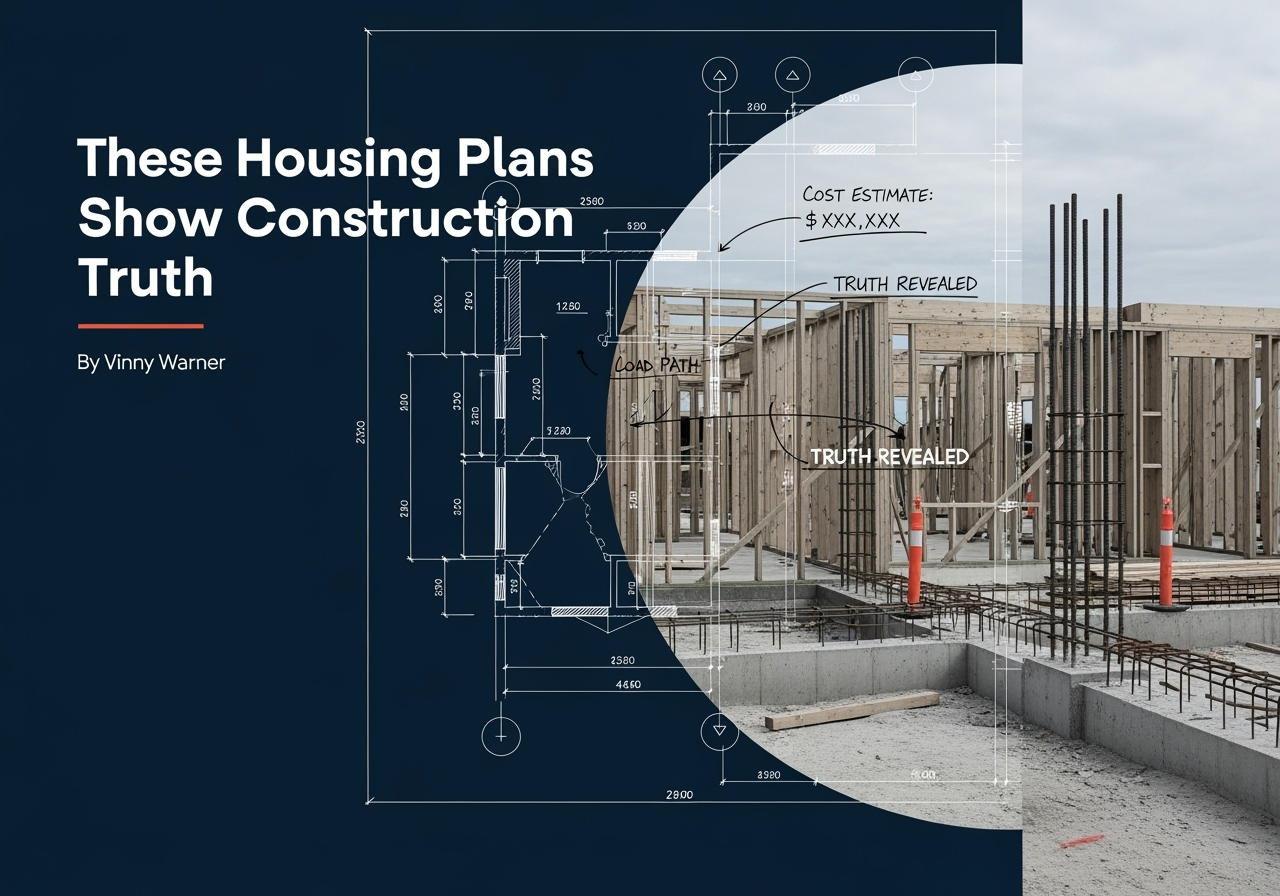
These Housing Plans Show Construction Truth
Planning applications are flooding council offices across England, Wales, Scotland and Northern Ireland.
From Wellington to Congresbury, from Bitton to Ballymena, volume housebuilders are presenting ambitious development schemes. Each application follows a familiar pattern: Section 106 agreements, CIL contributions, environmental mitigation.
But these proposals reveal something deeper about the UK housebuilding sector.
The Numbers Tell the Real Story
Britain faces a backlog of 4.3 million missing homes. The scale demands 442,000 new homes annually for the next 25 years.
That's not just ambitious. That's unprecedented.
Every consultation I see reinforces this reality. Bloor Homes promising railway access in Wellington. Allison Homes emphasizing ecological features in Congresbury. Woodstock Homes upgrading sports facilities in Bitton.
The pattern is clear: housebuilders are pulling out every stop to get planning consent.
Skills Reality Check
Here's what these consultations don't discuss: who's actually building these homes.
The UK construction industry faces severe skills shortages with over 140,000 job vacancies. The industry specifically needs an extra 25,000 qualified bricklayers.
Think about that math. Massive housing demand meets critical skills shortage.
For quantity surveyors evaluating contractors, this changes everything. You're not just selecting based on price anymore. You're selecting based on who can actually deliver on programme.
Quality Standards Evolution
The consultations reveal another shift. New regulations demand higher standards across the board.
From January 2024, developers must deliver 10% "Biodiversity Net Gain" by law. Future Homes Standards arrive in 2025. Net zero commitments reshape every aspect of housebuilding.
These aren't just regulatory boxes to tick. They're fundamental changes requiring contractors with proven systems, trained teams, and robust quality management systems.
What This Means for Housebuilders
This planning application surge signals opportunity, but also procurement risk.
Established subcontractors with CSCS-certified teams become incredibly valuable. Those offering comprehensive quality audits, photographic progress reports, and NHBC-compliant standards aren't just value-adds anymore.
They're business-critical.
When skilled trades are scarce and Building Regulations are tightening, the subcontractors who can deliver both quality and compliance become your competitive edge. The housebuilding boom rewards those who choose proven partners over lowest-price tenders.
The planning applications show the scale of ambition. The skills shortage shows why subcontractor selection matters more than ever.
